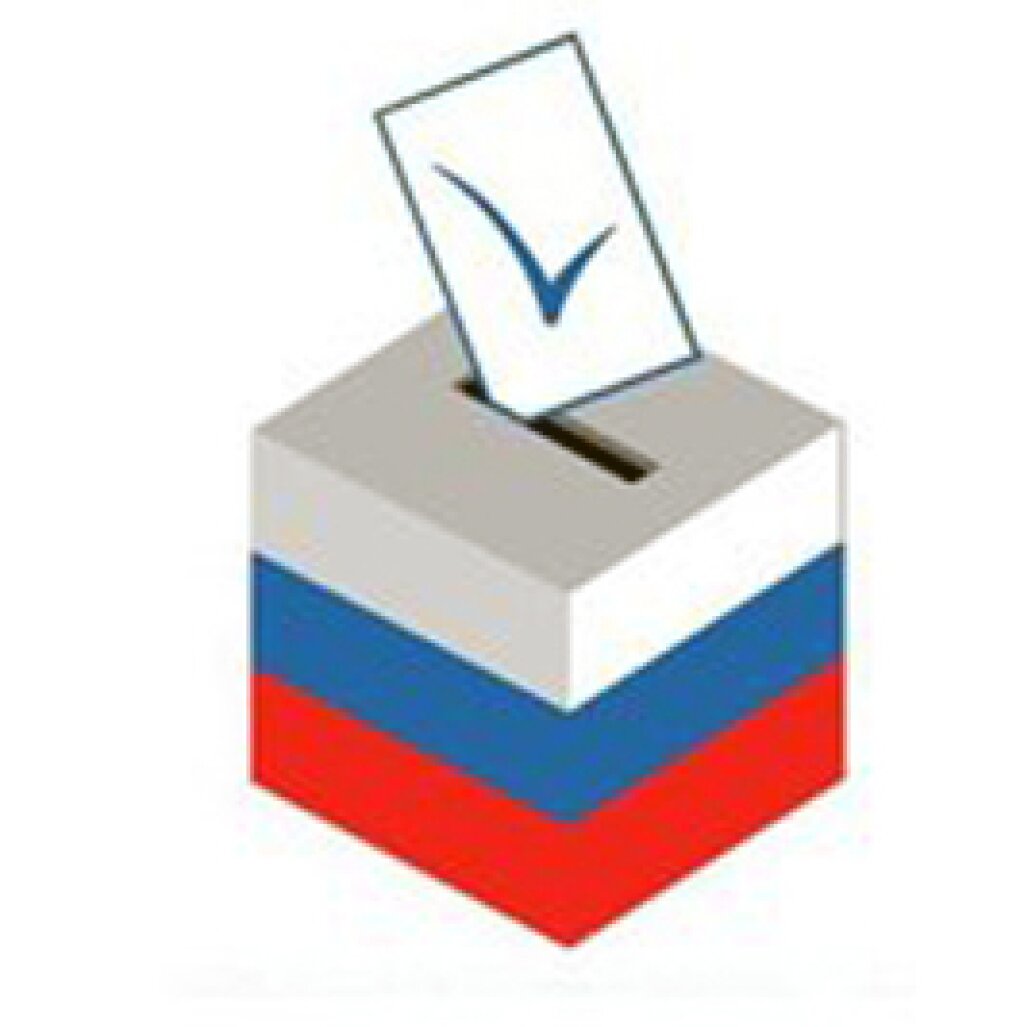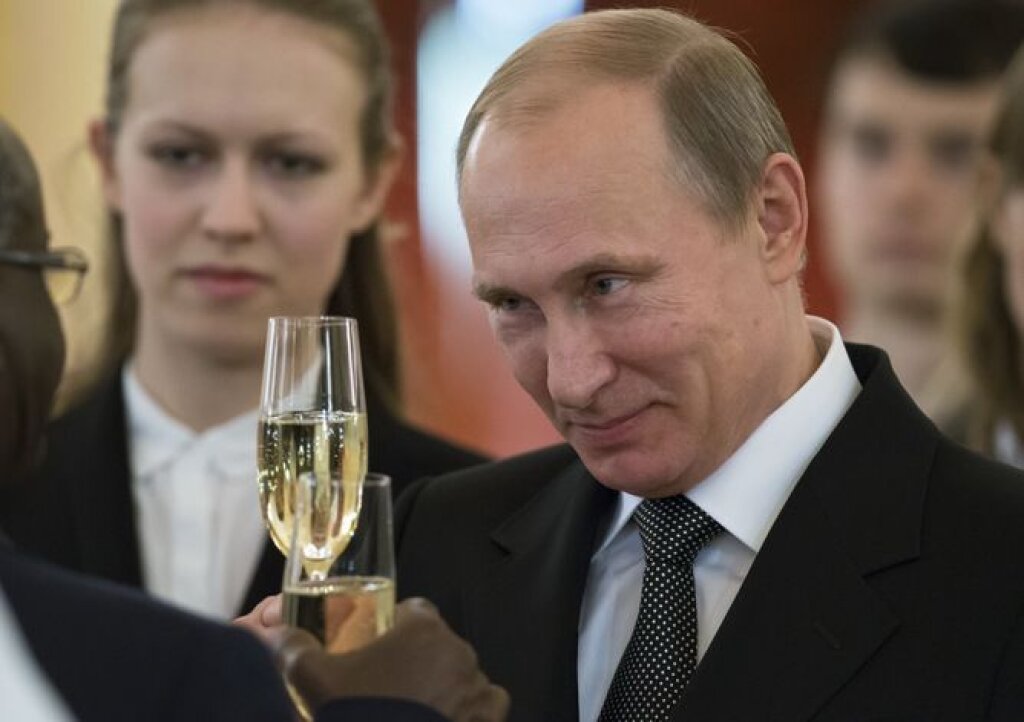Maksim Hanukai is a Visiting Assistant Professor at the University of Wisconsin-Madison
Something odd is happening in Moscow. A few days ago a friend and I were strolling under the cypress trees in Chistye Prudy when we realized that we were being followed by Chekhov’s Lady with a Lapdog. We took a few more steps and came upon a monument neither of us recognized. It was dedicated to Vladimir Kornilov, an admiral killed during the siege of Sevastopol. The previous day it had briefly snowed, but now the June sun was out in full force. A group of schoolchildren was learning how to play cerceau.
The Times and Epochs festival is only the latest example of the “retromania” that has taken over the Russian authorities. In the recent production of Chaadsky, a new opera by Alexander Manotskov, the director Kirill Serebrennikov poked fun at the folksy lighting decorations that had been installed all over Moscow this winter only to be replaced by giant Fabergé Easter eggs hatched in the brain of some ambitious bureaucrat. Wooden huts have been set up along the major boulevards in which one can learn traditional crafts and purchase souvenirs. A ride in the metro can quickly turn into a lesson about Russian history. During a recent trip a voice from the loudspeakers informed commuters that Peter the Great had passed a new law punishing littering with physical violence. “Times have changed, but our problems have not,” it went on. I thought: “Times could change again.”
Several things seem to be happening here. Numerous Russia observers have noted that the authorities are using a variety of public projects to promote their version of traditional values, especially patriotism. Many of the sites in the Times and Epoch festival are dedicated to Russian wars: Rus and the Horde, Historical War Miniatures, 1812. War and Peace, On the Eve of WWI, The Sevastopol Promenade. Sandboxes were installed at one such site where Muscovites could take part in war games, offering them the chance to “return to [their] childhood and immerse [themselves] in history through a game beloved by the great generals of antiquity and by ordinary boys of all times and countries.” The festival itself took place on June 1-12 and was therefore virtually continuous with the May 9 celebrations. Residents were given only a short intermission, just enough time to change the decorations.
The promotion of patriotism reached new highs after the breakout of war in Ukraine: that lady with her lapdog was strolling in “our Crimea.” But another motivating factor may be to use the past as a screen to conceal the present and future. The most recent Bath House Readings, an annual conference organized by the publishing house NLO (Novoe literaturnoe obozrenie), was entitled Time – backwards! The Reinterpretation of the Past and the Crisis of Imagining the Future. While the discussion strayed far beyond Russia, to the Trump phenomenon and postmodern culture more broadly, there was an apparent consensus among participants that, when it comes to official retromania, Russia was, paradoxically, in the avant-garde. Of course, the title itself testifies to the significant shift in temporal regimes that has taken place since Valentin Kataev’s “sots-modernist” Time, Forward! Most famously depicted by Vladimir Sorokin in his 2006 novel Day of the Oprichnik, Russian retromania recently became the subject of a play by Valery Pecheikin (ironically entitled Forward, Russia!), which imagines a dystopian future where time literally flows backward.
And yet, I believe that Times and Epochs also marks a new stage in the recent performative turn in Russian temporal politics. The 2014 Winter Olympics Opening Ceremony turned history into spectacle, weaving together different periods of Russia’s tumultuous past into a semblance of harmonious unity. “The Storming of Berlin,” a historical re-enactment that took place this April, allowed 2,000 participants the chance to storm a giant replica of the Reichstag. However, the Olympic ceremony was neither immersive nor participatory, putting official history on display but not allowing spectators to take part in the action; and while it cynically evoked the revolutionary spectacles of the 1920s, “The Storming of Berlin” took place on the outskirts of Moscow and therefore did not intrude into the lives of most residents (the same organizers are planning another event this fall entitled “The Battle of Moscow”).
Unlike these events, Times and Epochs brings history to the center of Moscow, creating immersive and participatory experiences in which ordinary people can feel the past as present. Moving between epochs is as easy as crossing from Strastnoy to Tverskoy Boulevards, and one can even dress up in period costume oneself in the special dressing rooms set up for the purpose. One never quite knows when one will end up these days. The experience is both disorienting and strangely pleasant. It is perhaps no coincidence that immersive theater was the hottest new trend in Moscow this season. The elites pay 6,000 rubles to attend Black Russian, an asinine adaptation of Pushkin’s Dubrovsky inspired by Punchdrunk’s Sleep No More, while the financially pinched masses chat about the War of 1812 with Napoleon.
The surrealism of this state of affairs became evident on June 12, Russia Day. The previous evening, the Russian opposition leader Alexei Navalny unexpectedly moved a planned anti-corruption protest from Sakharov Prospekt to Tverskaya Street, which happened to be where the authorities were holding the final event of the festival, entitled The History of Russian Victories. Not being a Navalny fan, I did not attend the protest, but I did watch the events unfold on split screen thanks to the liberal TV channel Rain. While men dressed as NKVD officers re-enacted moments from early Soviet history on one side of the screen, OMON troops beat and dragged protestors into police buses on another. While units of Streltsy guards posed for cameras with their antique rifles, Russian youths dangled key chains and chanted “Down with the Tsar!” The police did all it could to prevent past and future from coming into contact, locking hands to keep protestors from breaking through to the festival (as I watched, I could not help recalling Sorokin’s homoerotic centipede). Rain’s reporters did, however, interview several re-enactors during their coverage and it turned out that at least some would have wished to go back to the future.
The Russian word for re-enactment, rekonstruktsiia, is currently being used in another context: the reconstruction of Moscow’s historic center in preparation for the 2018 World Cup. Beginning in late spring and continuing into the fall, Moscow’s most busy road, the Garden Ring, is the site of unending construction-related traffic jams and a special source of grievance for the city’s large fleet of Uber drivers. The usual complaint I hear is that all the decisions are made by the bureaucrats in government, without consulting with the people. The same is true of the proposed plans to demolish thousands of “Khrushchevka” buildings, an almost unprecedented urban renewal project which would displace 1.6 million residents. Both kinds of rekonstruktsiia are managed from the top and affect the most fundamental aspects of citizens’ existence: their senses of time and space. Whereas the historical re-enactments force the past onto the present, discouraging reflection about the future, the manner in which the authorities manage urban projects creates a sense of spatial disorientation, as residents are forced to navigate around construction sites (itself time-consuming) and fret over the possible loss of their homes.
With both the World Cup and the Presidential Elections slated to take place in 2018, we can expect both types of rekonstruktsiia to become an even bigger part of everyday life in Moscow and beyond. They should also become important objects of attention for historians seeking to understand the cultural and political dynamics of contemporary Russia.



